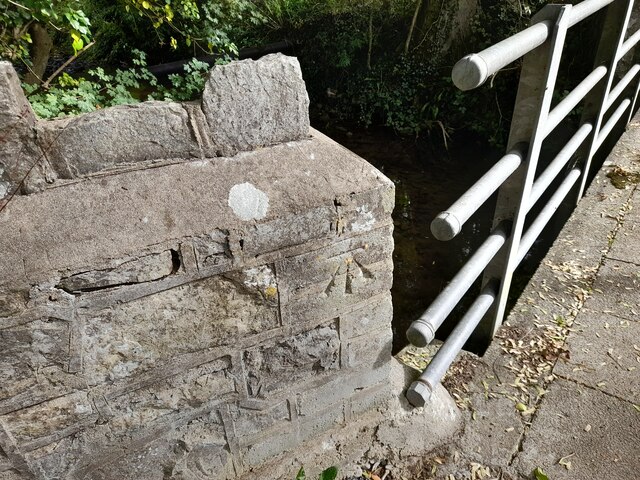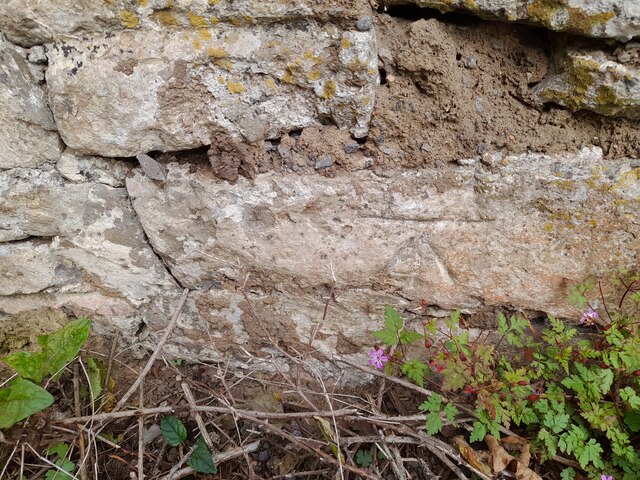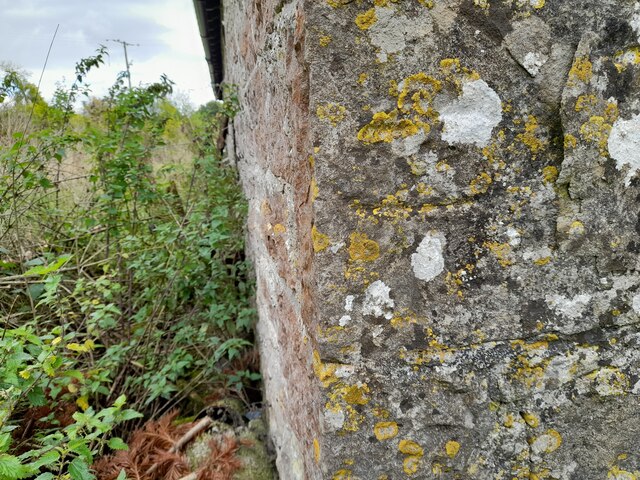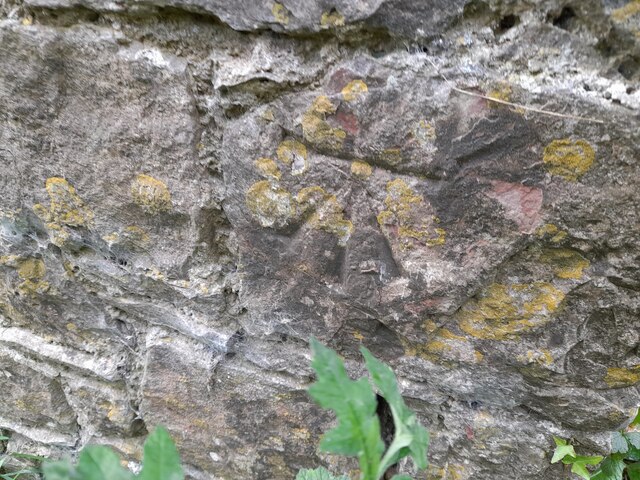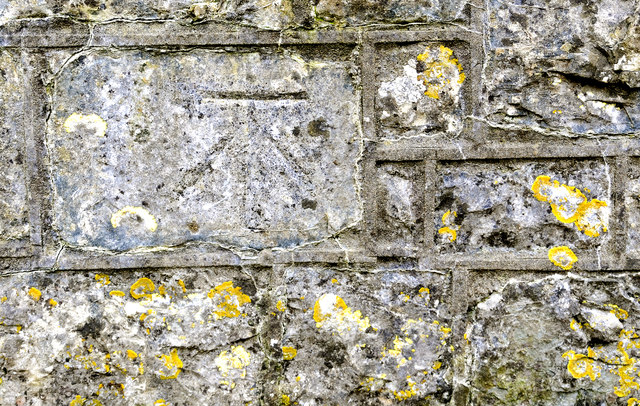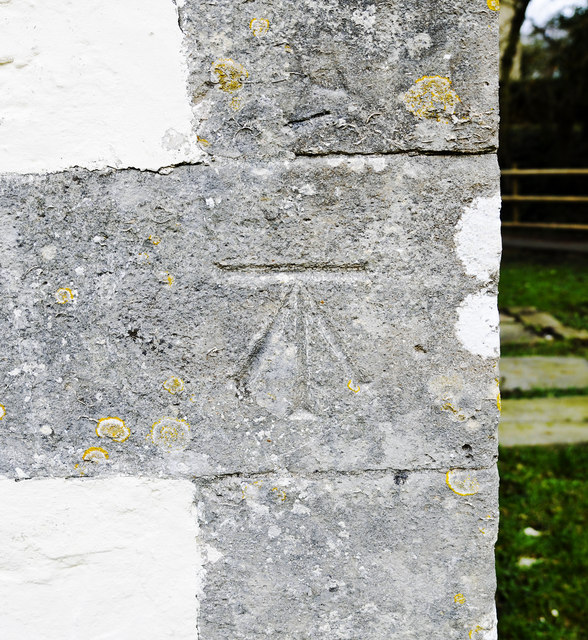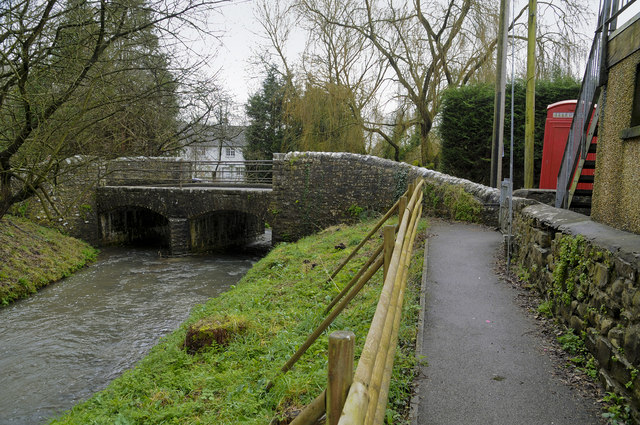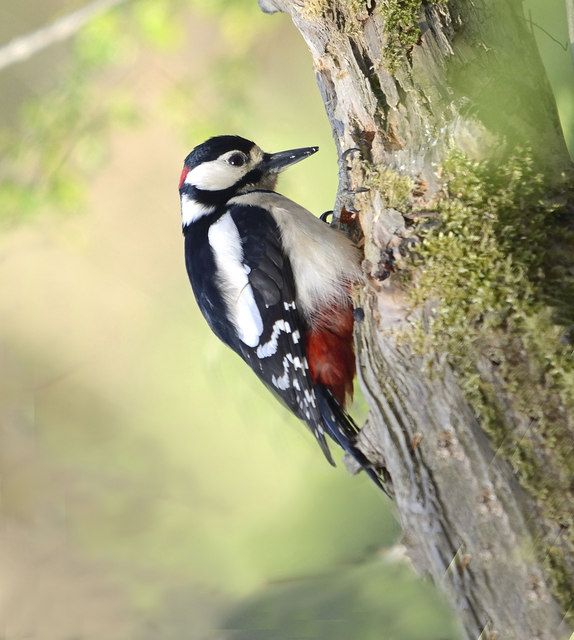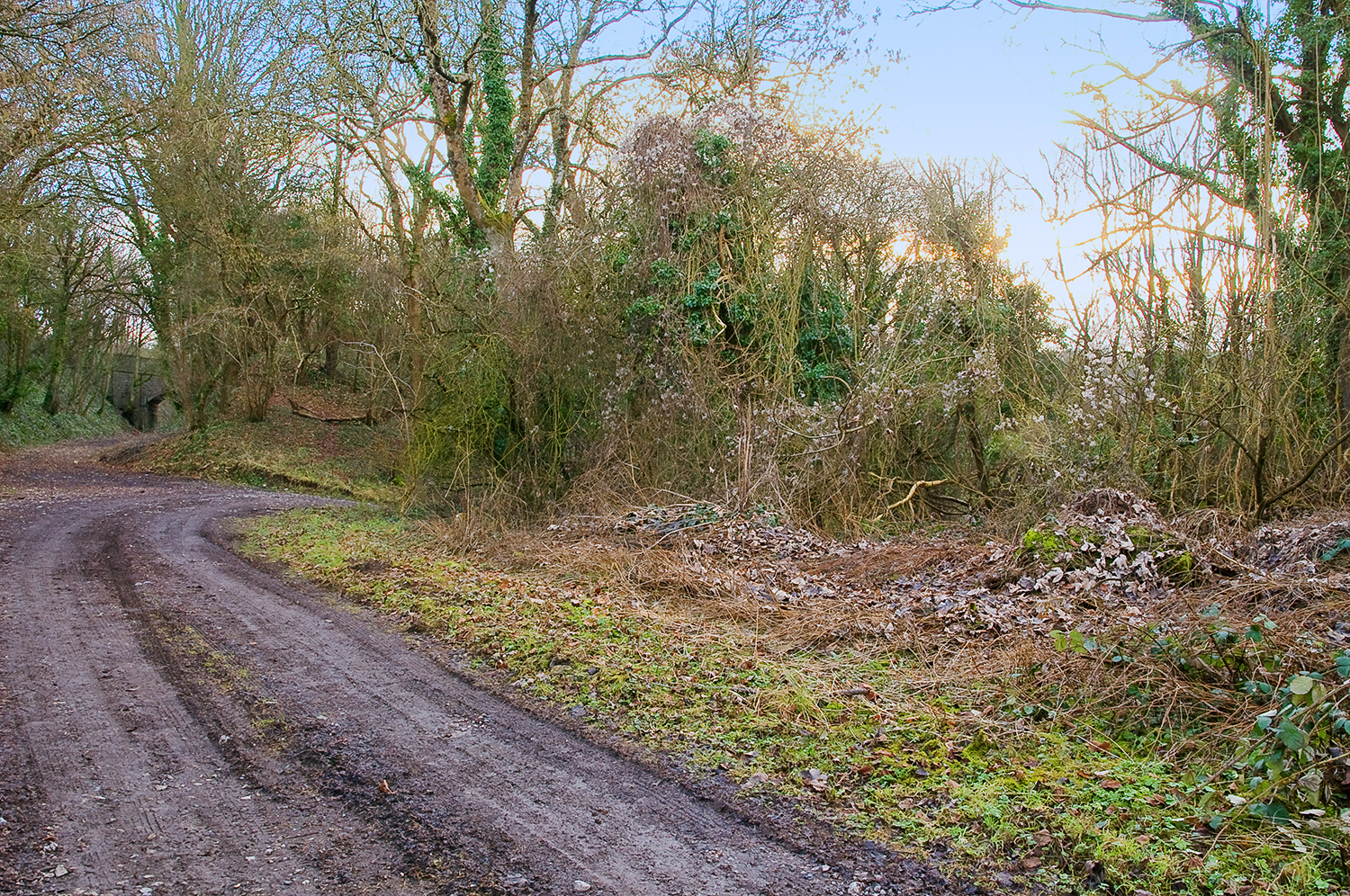Coed Arthur
Wood, Forest in Glamorgan
Wales
Coed Arthur
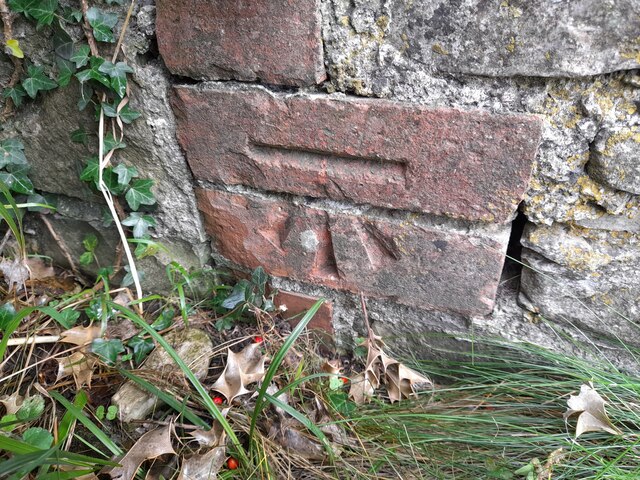
Coed Arthur, also known as Glamorgan Wood or Glamorgan Forest, is a picturesque woodland located in the county of Glamorgan, Wales. Spanning over a vast area, the forest is home to an array of flora and fauna, making it a haven for nature enthusiasts.
The woodland is characterized by its dense, ancient trees, including oak, beech, and ash, which create a serene and tranquil atmosphere. The forest floor is adorned with a rich carpet of ferns, mosses, and wildflowers, contributing to its enchanting beauty. The presence of a diverse range of wildlife, such as red squirrels, foxes, and various bird species, adds to the allure of Coed Arthur.
Visitors to the forest can explore its numerous walking trails, which wind their way through the forest and offer stunning views of the surrounding landscape. There are also designated picnic areas, where visitors can relax and enjoy the peaceful surroundings. Additionally, the forest provides a popular venue for outdoor activities such as hiking, birdwatching, and photography.
Coed Arthur holds historical significance as well. It is believed to have been a site of ancient settlements, with remnants of Iron Age hillforts and burial mounds discovered within the woodland. These archaeological findings add an element of intrigue and fascination to the forest.
Overall, Coed Arthur in Glamorgan is a captivating woodland that offers a harmonious blend of natural beauty and historical significance. Whether it is for a peaceful walk, wildlife observation, or exploration of the area's rich history, this forest provides an idyllic escape into nature.
If you have any feedback on the listing, please let us know in the comments section below.
Coed Arthur Images
Images are sourced within 2km of 51.435208/-3.38264 or Grid Reference ST0371. Thanks to Geograph Open Source API. All images are credited.
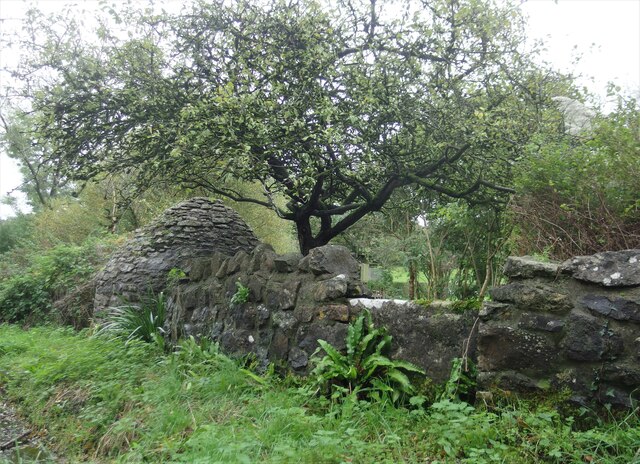
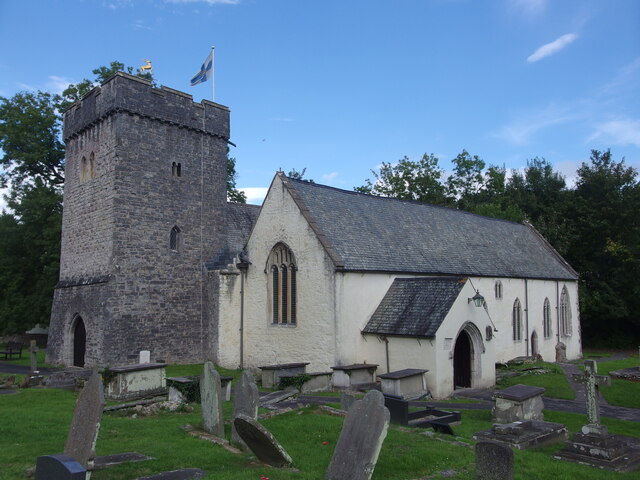
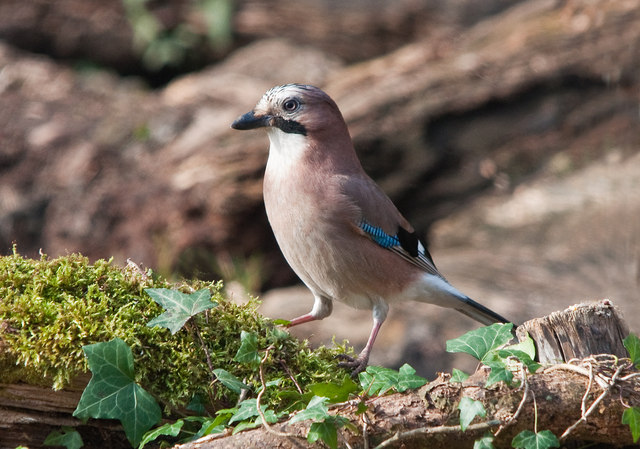
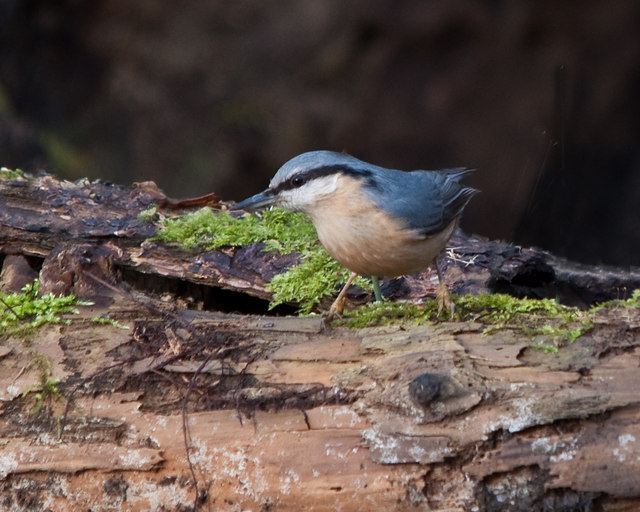
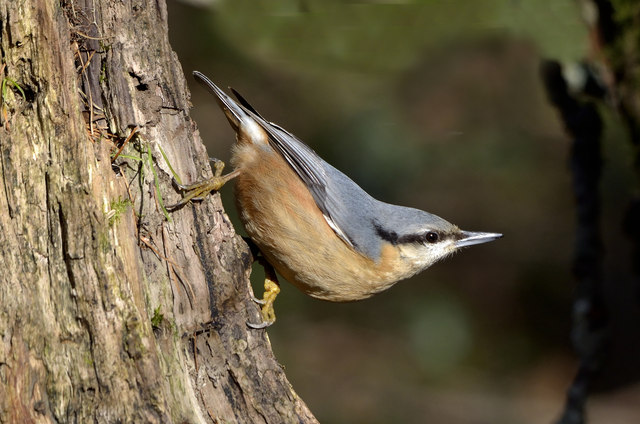
Coed Arthur is located at Grid Ref: ST0371 (Lat: 51.435208, Lng: -3.38264)
Unitary Authority: The Vale of Glamorgan
Police Authority: South Wales
What 3 Words
///mime.bulky.wanting. Near Cowbridge, Vale of Glamorgan
Nearby Locations
Related Wikis
Llantrithyd
Llantrithyd (also Llantriddyd) is a rural village and community in the Vale of Glamorgan, Wales. The Aubrey Baronets were lords of the manor of Llantrithyd...
Llancarfan
Llancarfan is a rural village and community in the Vale of Glamorgan, Wales. The village, located west of Barry and near Cowbridge, has a well-known parish...
St Cadoc's Church, Llancarfan
St Cadoc's Church, Llancarfan is a church in Llancarfan, in the Vale of Glamorgan, south Wales. It dates from the 13th century and has been a Grade I listed...
Llanbethery
Llanbethery (Welsh: Llanbydderi) is a small village in the Vale of Glamorgan, south Wales. It is part of the community of Llancarfan.Llanbethery was once...
St Mary Church Road railway station
St Mary Church Road railway station was a railway station in the Vale of Glamorgan, South Wales. == Description == The station was one of the three original...
Nant Whitton Woodlands
Nant Whitton Woodlands is a Site of Special Scientific Interest in Vale of Glamorgan, south Wales. The site is a narrow strip of woodland on a Liassic...
Llanbethery Platform railway station
Llanbethery Platform was a short-lived railway station in the Vale of Glamorgan, South Wales. == History == The station was one of four platforms opened...
Vale of Glamorgan (UK Parliament constituency)
Vale of Glamorgan (Welsh: Bro Morgannwg) is a constituency represented in the House of Commons of the UK Parliament since 2010 by Alun Cairns, a Conservative...
Nearby Amenities
Located within 500m of 51.435208,-3.38264Have you been to Coed Arthur?
Leave your review of Coed Arthur below (or comments, questions and feedback).
